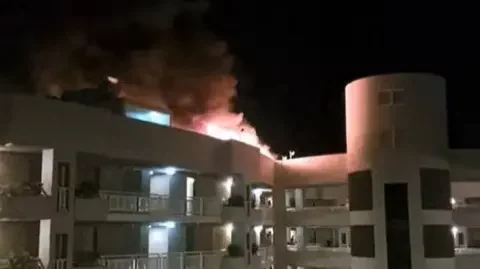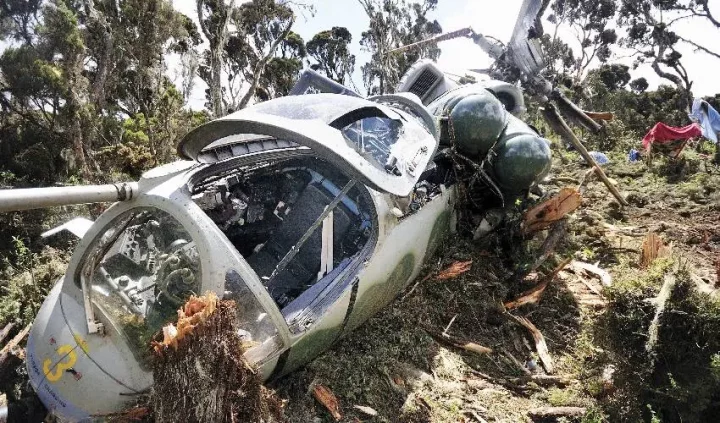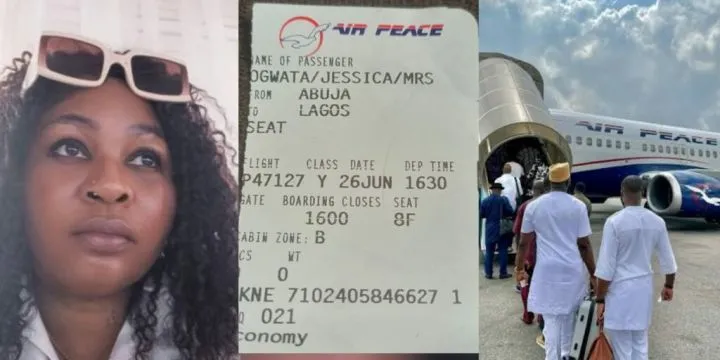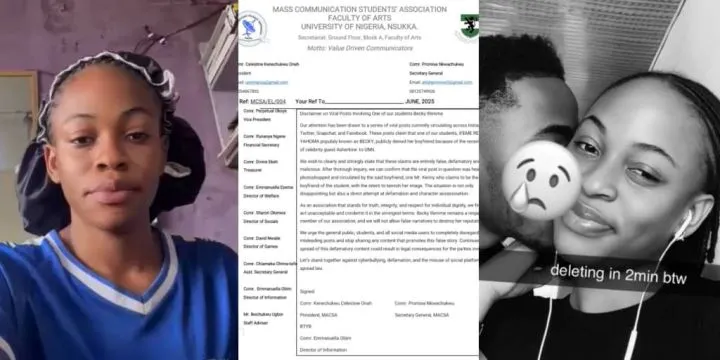
The United States National Transportation Safety Board (NTSB) has released its final report on the helicopter crash that claimed the lives of Herbert Wigwe, his wife, his son, and his friend Abimbola Ogunbanjo, concluding that the accident was primarily caused by pilot error and inadequate company oversight.
In the investigation report, the NTSB determined that the crash resulted from "the pilot's decision to continue the visual flight rules flight into instrument meteorological conditions, which resulted in the pilot's spatial disorientation and loss of control." The crash occurred on February 9, 2024, near the California-Nevada border, involving a helicopter registered as N130CZ. The incident killed all six occupants, including Wigwe, the former group chief executive officer of Access Holdings Plc; his wife, Doreen; their first son, Chizi; and Abimbola Ogunbanjo, former chairman of Nigerian Exchange Group Plc.
According to the NTSB, the pilot "likely experienced spatial disorientation while maneuvering the helicopter in IMC, which led to his loss of helicopter control and the resulting collision with terrain." The report also cited "the company's inadequate oversight of its safety management processes" as a contributing factor. Specifically, it noted that the helicopter operator failed to ensure pilots were accurately completing flight risk analyses, logging maintenance discrepancies, and adhering to Part 135 flight regulations.
The report revealed critical lapses in maintenance communication prior to the crash. "During the return flight, the pilot texted the director of maintenance (DOM) about the issue. After arriving at the company's flight operations base, the pilot discussed the issue with the company flight follower (who was also the company's president). A company mechanic performed some troubleshooting on the radar altimeter; however, he was unable to rectify the issue, and the radar altimeter remained non-functional," the report stated.
It further disclosed that "the mechanic reported that the pilot and the DOM were aware that the radar altimeter was not functioning, yet they departed at 1822 on the positioning flight to pick up the passengers."
"About 40 minutes later, the positioning flight landed at the airport to pick up the charter passengers. After arrival, the pilot and flight follower had a phone conversation and exchanged text messages, but they did not discuss the status of the radar altimeter or weather conditions."
The NTSB concluded that poor judgment in continuing the flight under deteriorating weather conditions, along with the operator's failure to enforce critical safety protocols, ultimately led to the fatal crash.
















Comments